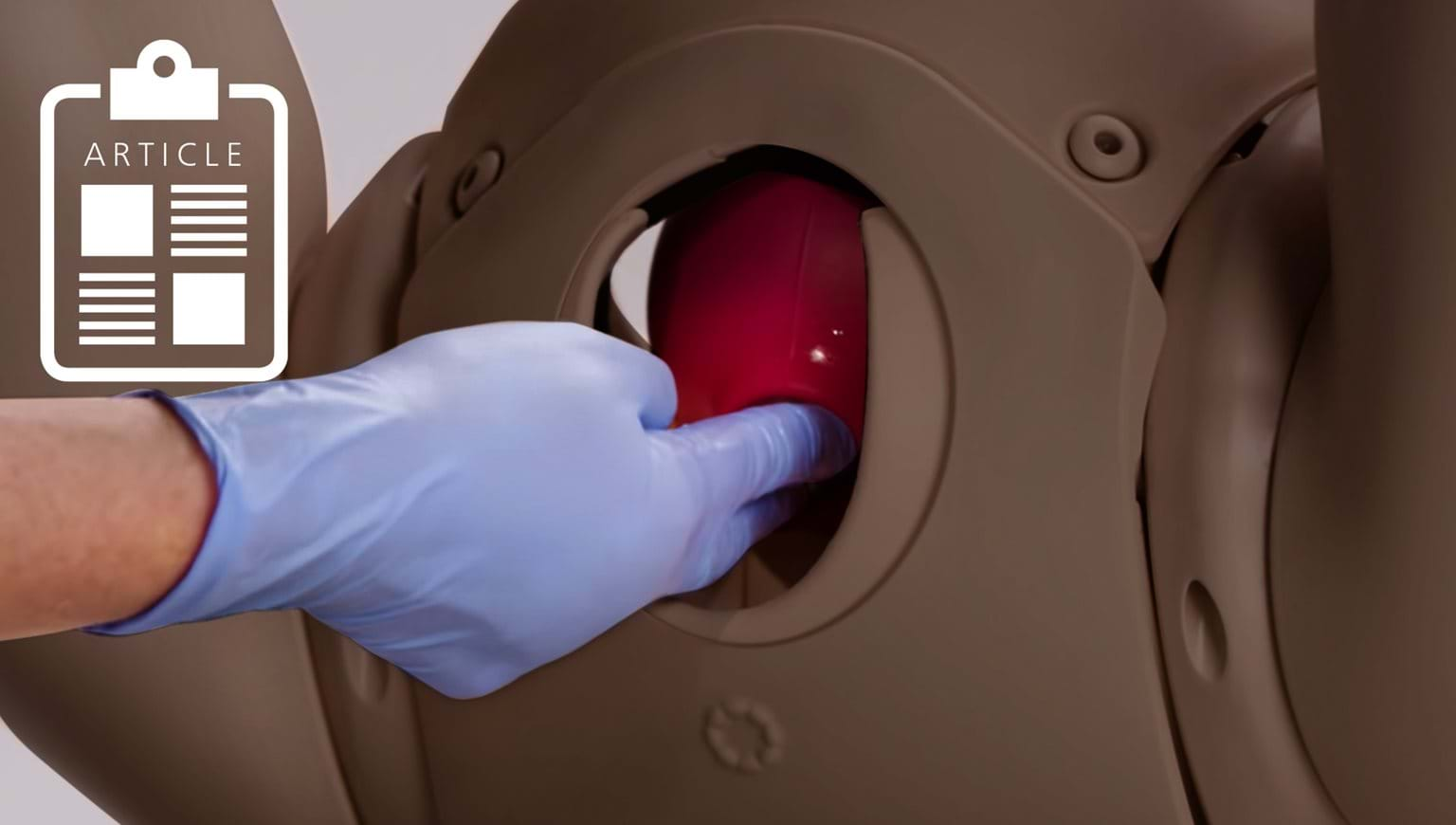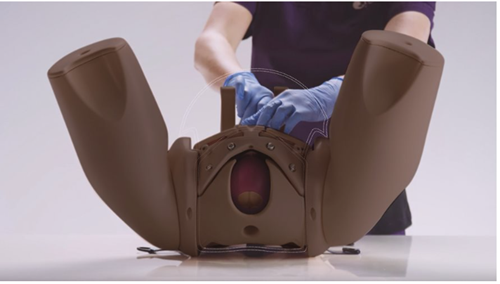News
Identification of labor stages through a Cervical Dilatation and Effacement module
24 June 2020
In normal vaginal deliveries, cervical dilatation and effacement occurs as part of the labor process. Effacement is defined as the thinning of the cervix, and dilatation is the opening of the cervix.

The Accreditation Council for Graduate Medical Education (ACGME) in the United States specifically references cervical examination and the assessment of cervical dilatation as a key component of its competency outcomes. In the UK, the NHS’s Obstetric Guidelines also list the assessment of cervical dilation as a key skill. In addition, both the Australian undergraduate and postgraduate medical school curriculums refer to the management of labor and birth, of which dilatation and effacement is an integral part.
“Despite convincing evidence of continued improvements in both maternal and infant outcomes, the incidence of preterm delivery, with its attendant perinatal morbidity and mortality, has remained at a discouragingly unaltered rate of 8% of all live birth.1”
Dilatation is measured in centimetres, with 0cm indicating the cervix is closed, and 10cm presenting it as fully dilated. During pregnancy, labor, and delivery, health professionals digitally examine the cervix to determine dilatation and effacement, presentation, and station of the fetus in the pelvis. As this task is learned by touch and not sight, achieving competency in these skills is often challenging, but getting it correct is paramount to a safe birthing experience.

The key skills needed to monitor the progression of labor and delivery through vaginal exam are required of all obstetric teams around the world. The PROMPT Flex Birthing Simulator allows all practitioners involved in the labor and delivery process to be trained correctly, beginning with the Cervical Dilatation and Effacement Module. The model is then adaptable for team training in normal vaginal delivery, and all obstetric emergencies, including Cesarean Section and Postpartum Hemorrhage. Additional features of the Cervical Dilatation and Effacement Module includes the ability to determine the likelihood of a vaginal delivery, the suitability for induction, and the management of membrane rupture, moulding and caput formation. The module also comes equipped with a set of interchangeable cervixes for the simulation of active labor, and a range of presenting parts which allow the healthcare professional to determine the position of the fetus by palpating the sutures and fontanelles.

Moulding and caput formation can occur when the fetal head is descending into the birth canal and may increase with prolonged labor. While completely normal, this can challenge the practitioner in the proper assessment of labor progression. While the rupture of membranes often occurs spontaneously in labor, it is possible for the healthcare professional to intentionally rupture the membranes, known as amniotomy, as a way to augment labor. The model allows for realistic artificial rupture of membranes using real supplies used at the bedside.
“When teaching cervical dilatation, you can’t just go on finger width. 5cm becomes very subjective, but with this lifelike product we can see and feel what 5cm is really like.”
The PROMPT Birthing Trainer is a complete system that can enhance teaching and learning, as well as improve outcomes of our smallest patients. Competent, confident healthcare professionals can make the birthing process a calm and enjoyable experience for families.
For more information on how the PROMPT Range and how the optional modules can enhance your training experience, please contact us by clicking here.
References:
1: "An evaluation and assessment of the state of science, Pregnancy, Birth, and Infant" NIH pub.no 82-023004


